With 3 days in Athens, you can see all the main sites, such as the Acropolis and the Acropolis Museum, and get a good experience of the Greek capital.
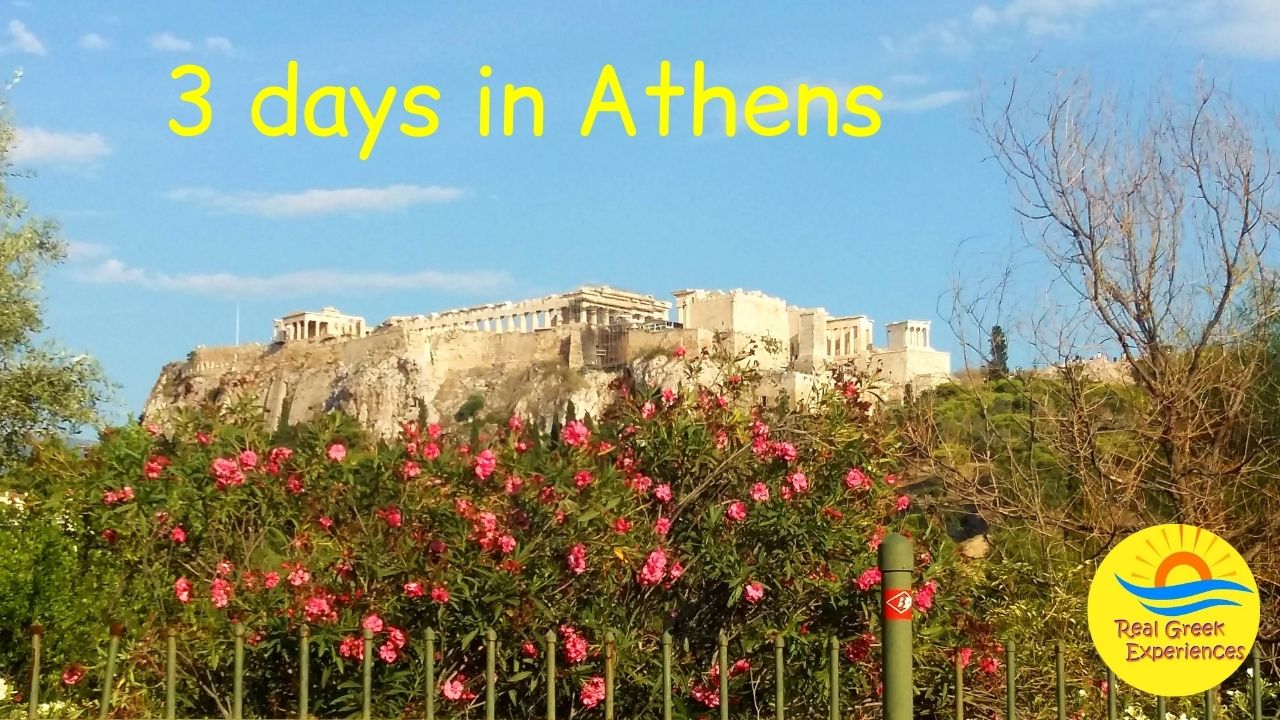
What to do in Athens in 3 days
Spending three days in Athens is the ideal amount of time to see the important places of interest, such as the Acropolis, Plaka, Ancient Agora, Temple of Zeus and more. Knowing what to see is half the battle, knowing what order to see everything in is a whole different story!
This is why I’ve written this guide on what to do in Athens in 3 days. I was born and raised in Athens, and I love my city with its many different faces. Athens has so much to offer, which is why many people return.
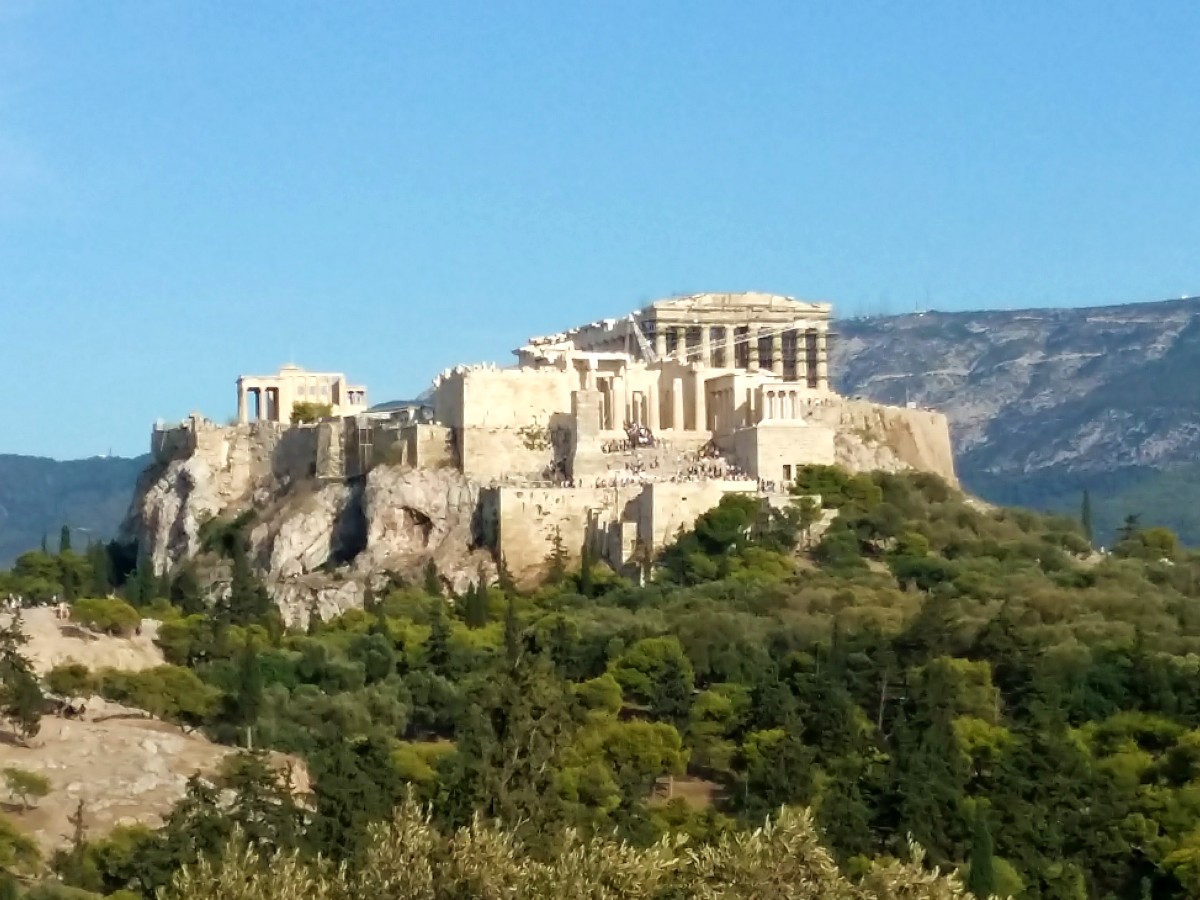
As you probably know, Athens is one of the oldest cities in Europe. Its most iconic landmark is the Acropolis, a UNESCO World Heritage Site, built in the 5th century BC. There are many more archaeological sites, and dozens of museums.
Apart from that, the Greek capital is a vibrant city, with almost 4 million inhabitants. There are busy markets, vibrant shopping areas, and dozens of local places and hidden gems. From its buzzing center to its suburbs on the coast, Athens a wonderful place to explore.
Here are my suggestions on what to do in Athens in 3 days. As there is no single Athens vacation itinerary that will fit everyone’s taste, I have included a few different ideas for everyone. You’ll also find some useful insights on where to eat and what to avoid in three days in Athens Greece.
Explore the Athens city center
The historic Athens city center is fairly compact. The main places of interest are Syntagma Square, Acropolis, Plaka, Monastiraki, Psiri, Thissio, and the areas in between. Any of these areas is great to base yourself and do your sightseeing.
There are a few pedestrianized roads and dozens of side streets and narrow alleyways, often making navigation a challenge.
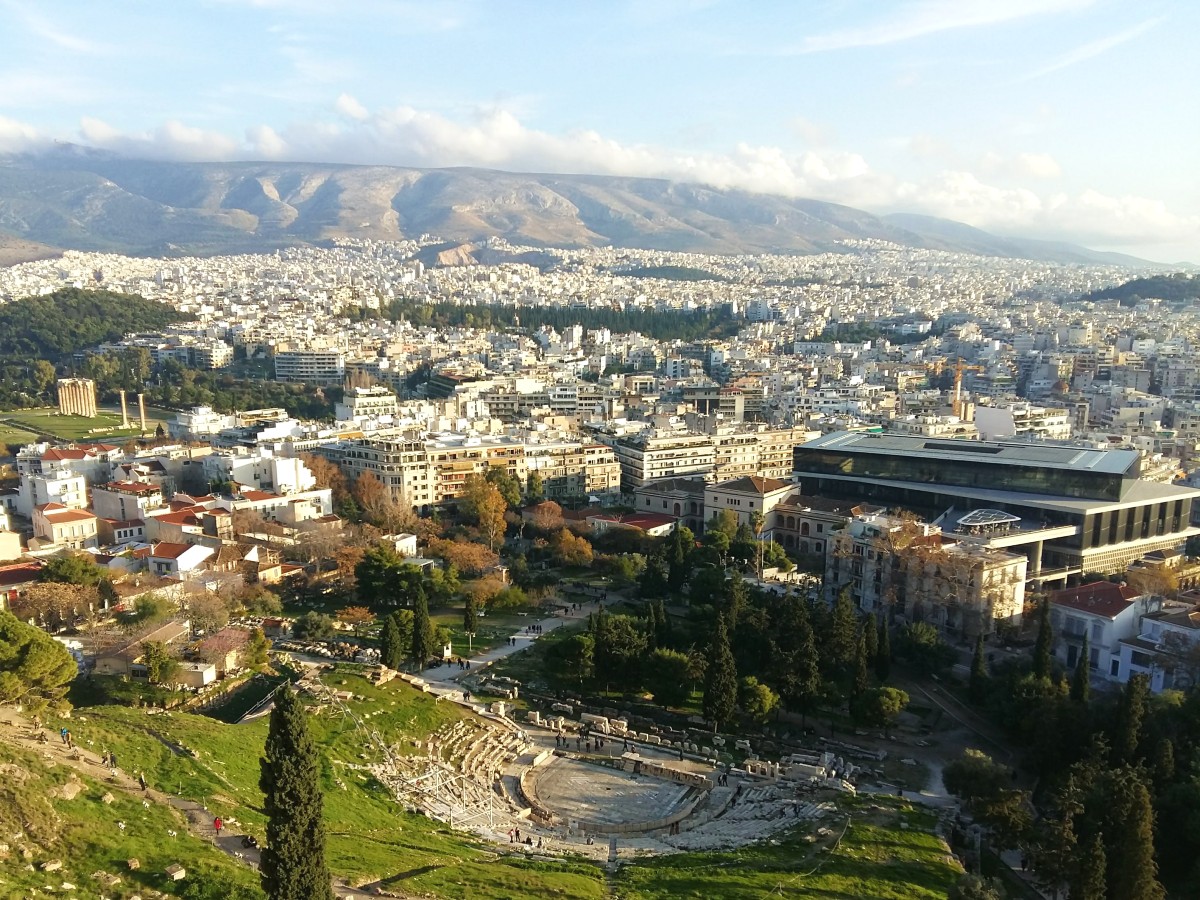
Much of the historic center is only accessible on foot. To travel between the different neighbourhoods you can walk, use the Athens metro or take a taxi.
Central Athens is roughly a 40-50 minute drive from the Athens international airport, or more, depending on traffic. The Athens airport metro takes about 45 minutes, while the airport bus can take an hour or longer.
Main attractions and highlights in Athens Greece
Athens, the cradle of Western civilization, has no less than seven ancient sites! The most famous sites are the Acropolis and the Ancient Agora.
You can also visit the Temple of Olympian Zeus, the ancient cemetery in Kerameikos, the Roman Agora, Hadrian’s Library and Aristotle’s Lyceum. You can find a short description of each site in this article.
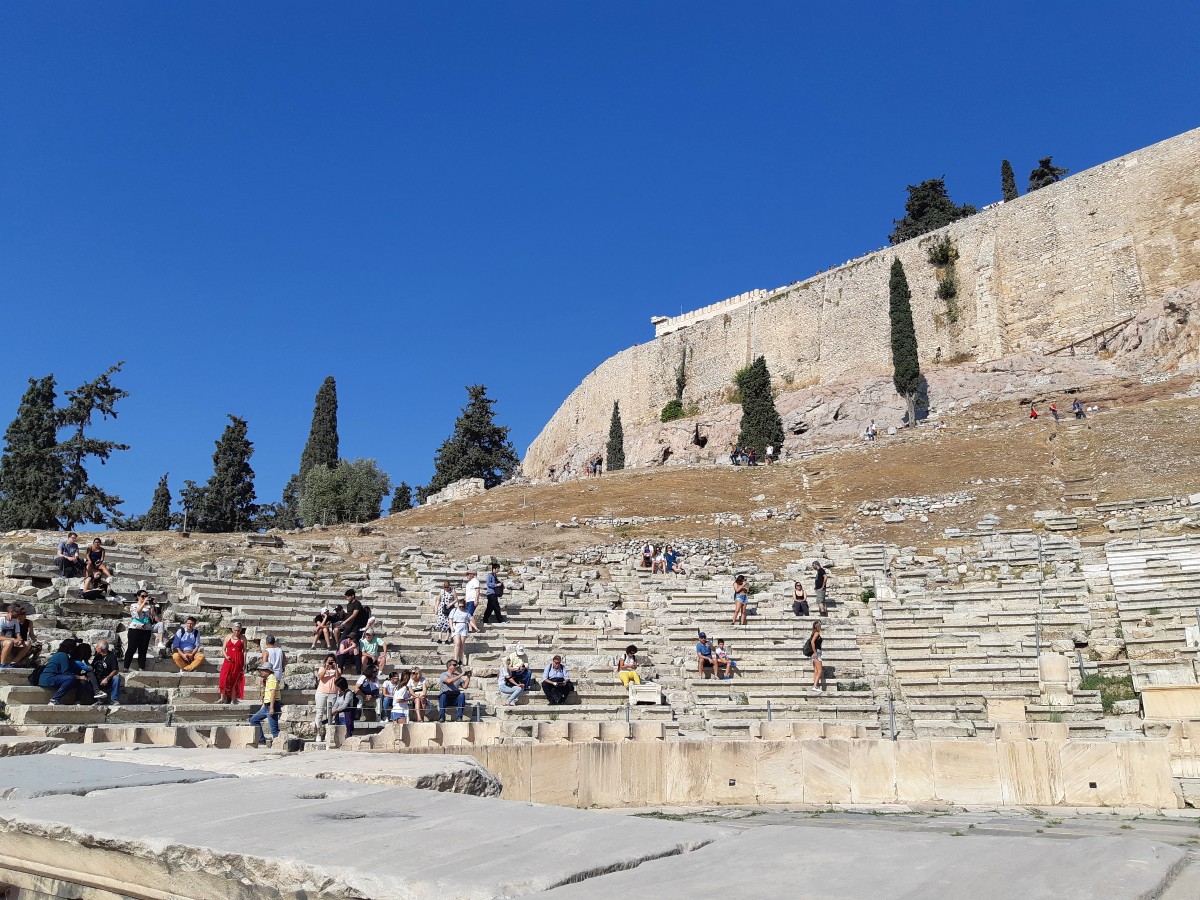
Apart from the historical sites, Athens has dozens of museums. Archaeology and history fans will quickly realize that 3 days in Athens Greece are nowhere near enough! There are also several art galleries and art museums all around the entire city.
Athens, however, has a lot more to see apart from these attractions. The quaint changing of the Guards, our cutting edge street art, the beautiful neoclassical buildings and the lively Athens markets are all pieces of our colorful city’s puzzle, and they are here for you to discover.
Day 1 – Ancient wonders of Athens
On Day 1 of your Athens itinerary, start by exploring the city on foot. Walk on the beautiful pedestrianized streets and visit a few of our famous sites.
You can also visit Plaka, the oldest and best known neighbourhood in Athens. There’s a touristy side to it, but it’s lovely!
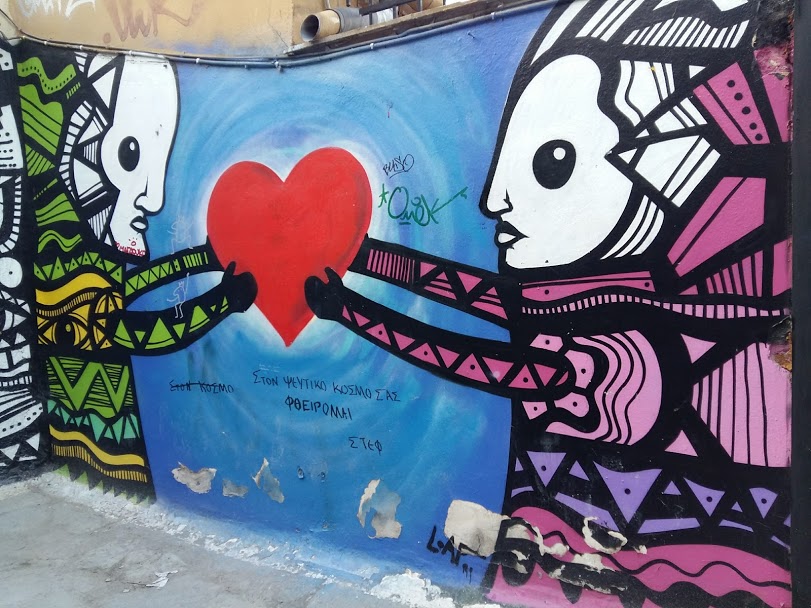
Temple of Zeus and Areopagitou street
Your starting point for the day is the massive Temple of Olympian Zeus, close to the Acropolis metro station. Only 16 of the original 104 columns remain, but they are quite something! You can also spot the Acropolis from right inside the site.
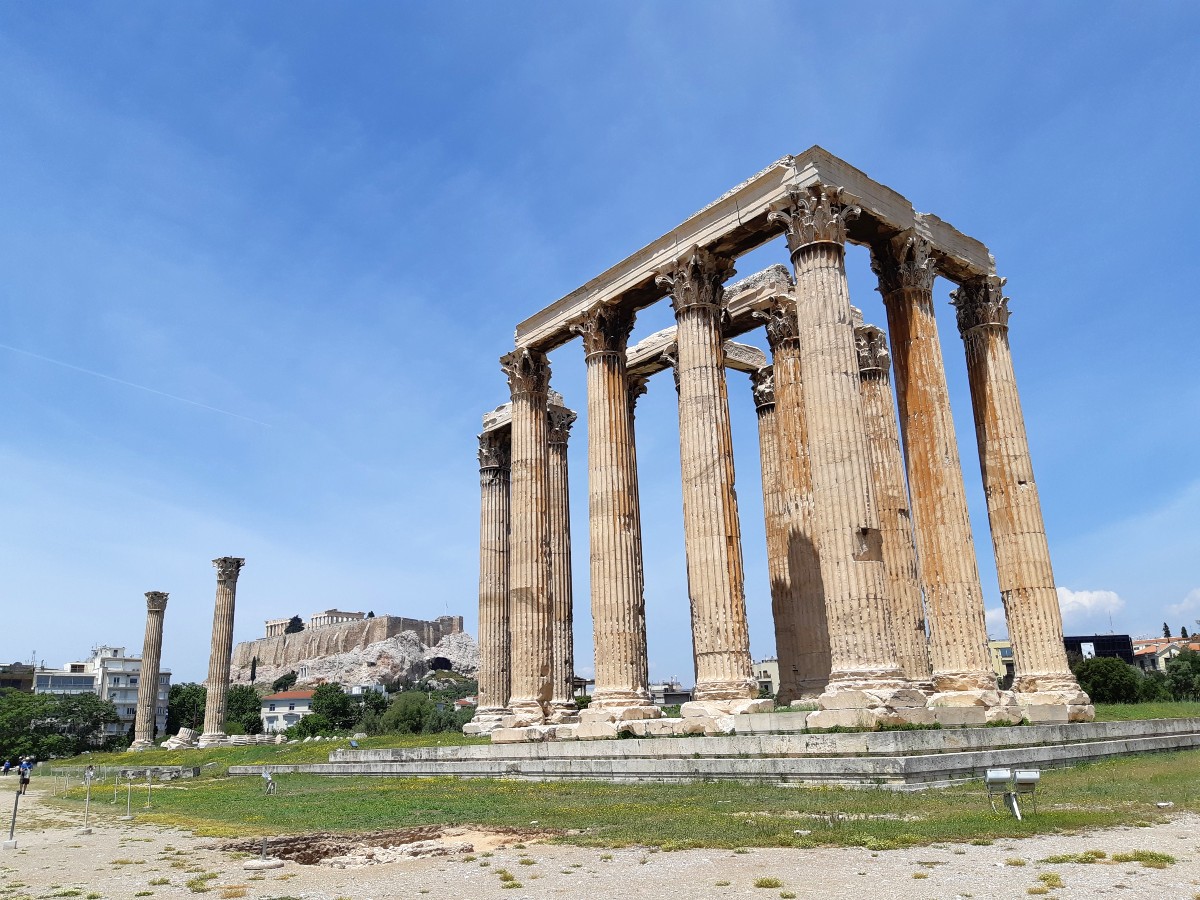
Upon leaving the temple, pass by the massive Hadrian’s Arch, built in honour of the Roman emperor Hadrian. Cross the busy Amalias Avenue, and you will find yourselves right on Dionysiou Areopagitou street.
In my opinion, this is one of the most picturesque streets in Athens. It was pedestrianized just before the 2004 Olympic Games and it passes right through the historic centre.
As you are walking on this ancient road, you will literally be able to see ancient Athens for free.
Climb up the Acropolis Hill
As you are on Areopagitou street, heading towards Thissio metro station, you will soon see the entrance to the Acropolis. The famous archaeological site is actually a large citadel, up on a hill.
There are many temples and ruins, of which the most famous is the Parthenon. It was dedicated to Goddess Athena, one of the twelve Olympian Gods and the protectress of the city. Here is a cool myth explaining how Athens took its name. There’s also a smaller temple, dedicated to Athena Nike.
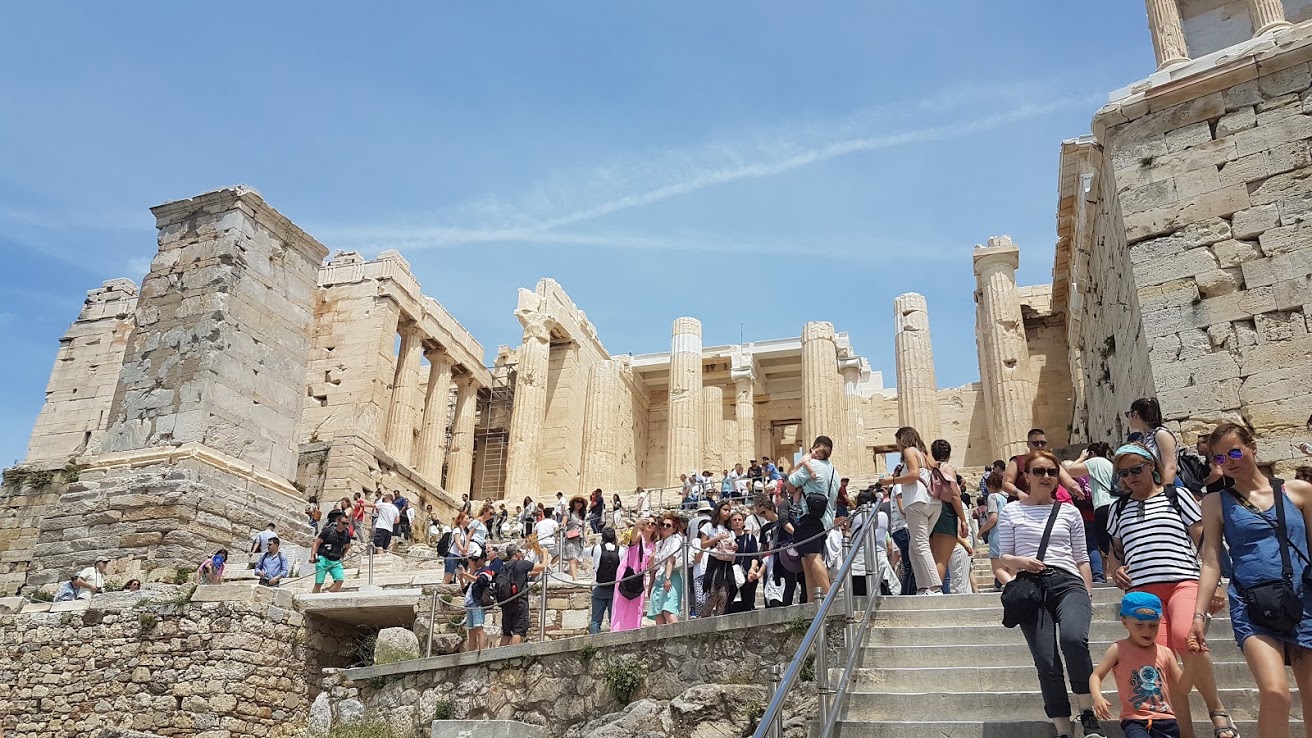
After you’ve explored the ancient ruins, climb up to the area with the massive Greek flag. You will get unique views of the concrete jungle below!
The famous site gets very busy at certain times of the day, especially during peak season when cruise boats arrive in the morning. Allow at least an hour and a half to explore the ancient site fully, or more if there are crowds.
Have a look at this related article about overtourism in Athens.
The Acropolis is open from 8 am to 8 pm in summer, and to 5 pm in winter. Closing times vary during March-April and September-October, so check in advance.
Last tip: Many visitors underestimate the summer heat! If you are visiting in summer, make sure you bring a hat, sunscreen and some water. If it’s a particularly hot day, you can change the itinerary around, and visit in the evening. Here are a few more travel tips on how to stay cool in the summer in Athens.
Explore the Acropolis Museum
Back on Areopagitou street, you will immediately see the popular Acropolis museum on your left. Here, you can see several artefacts that have been discovered around the Acropolis.
Some of the most fascinating statues in the museum are the five Caryatids. They were originally six – the sixth one is currently at the British Museum.
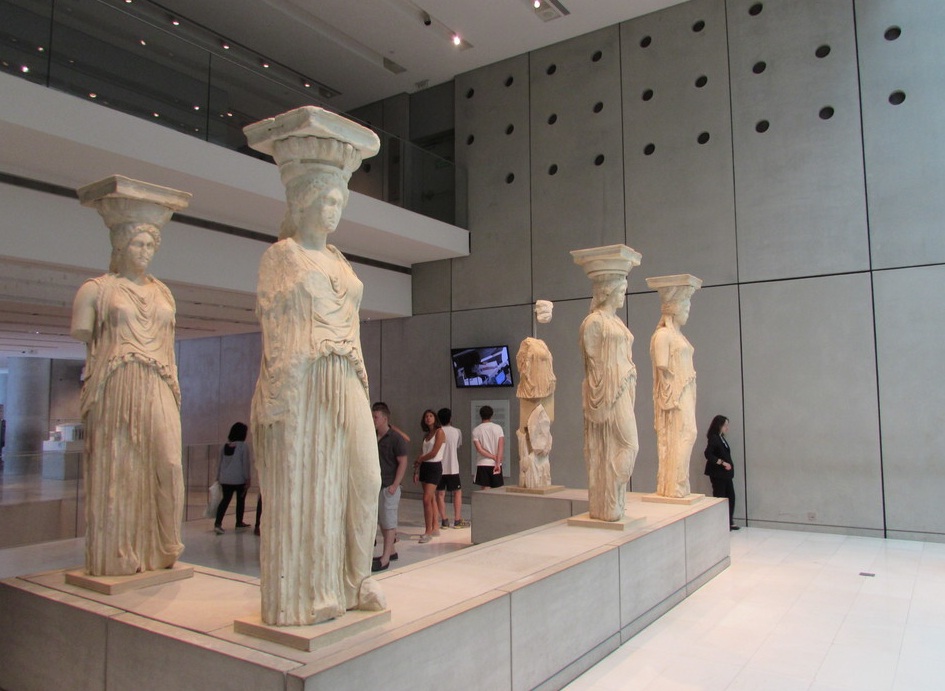
Apart from the galleries, there is an excavated area just underneath the museum, where you can see parts of the ancient city.

The café on the second floor is a great spot to have a break from all the walking and climbing, and you will enjoy a fantastic view of the Acropolis. The museum’s opening hours vary by season and day of the week, so check their website for the latest information.
I strongly recommend that you take a guided tour for the Acropolis and the Museum, which will make Ancient Greece come alive and will significantly add to your experience. I’ve taken a few tours over the years, and there’s always something new to learn!
Otherwise, please at least try to brush up on your ancient Greek history before you visit!
Best places to visit in Athens for Acropolis views
Once you are back on Areopagitou street, continue walking towards Thissio metro. You will soon see the Odeon of Herodes Atticus, also known as Herodion ancient theater to your right, and Filopappou Hill to your left.
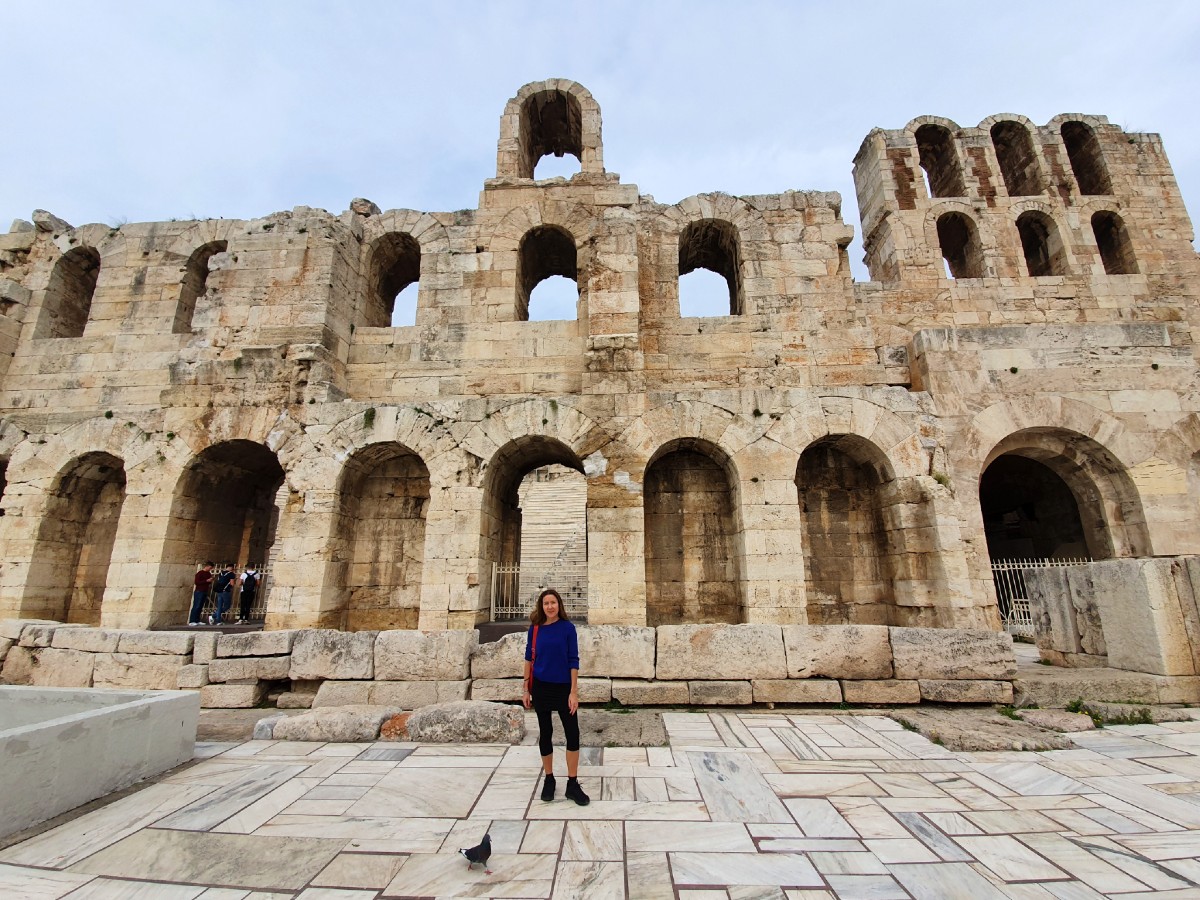
Herodion theatre is only open during evening performances in spring, summer and autumn. You can see the theatre’s interior when you are up on the Acropolis.
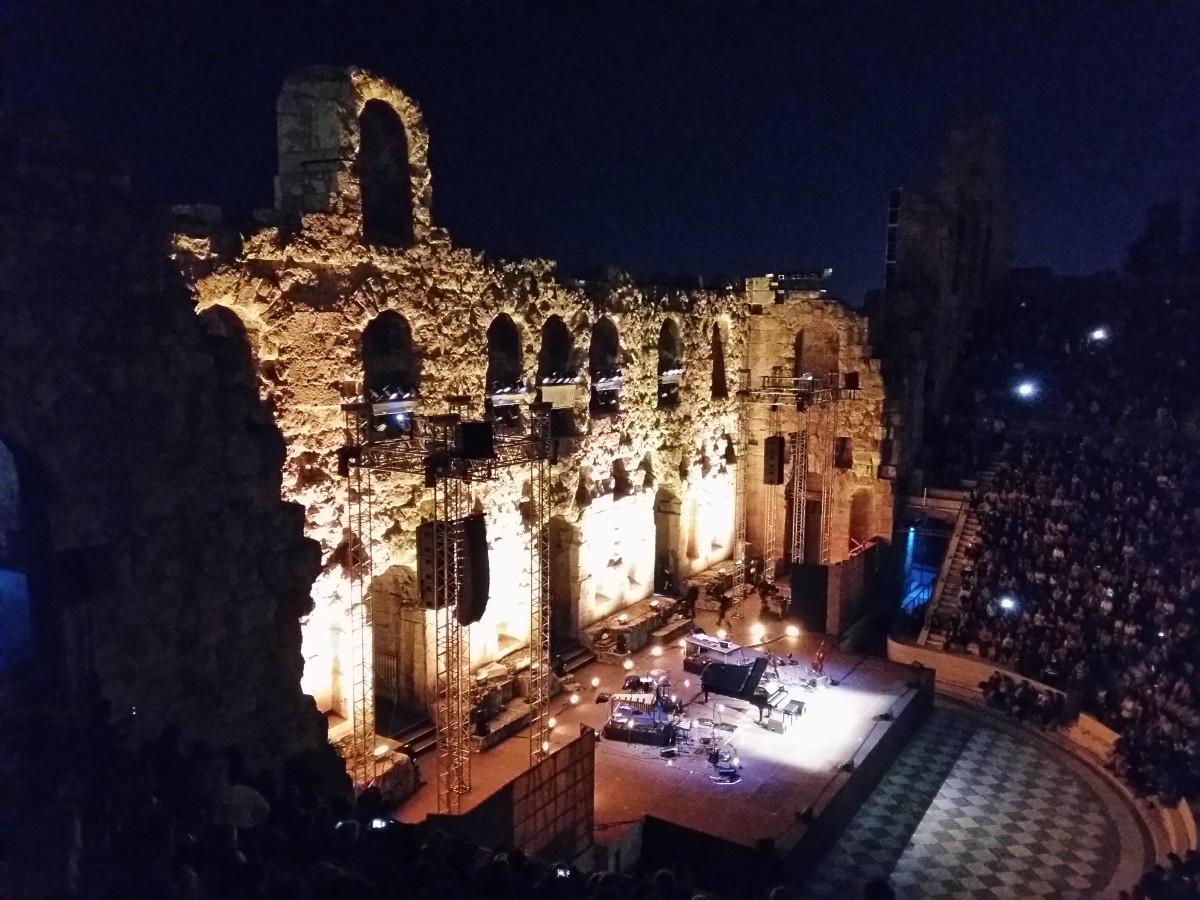
Filopappou Hill is a large green space where you can climb for some great views of the city.
On top of the hill, you will also find the Filopappos tomb monument. This is dedicated to the Syrian Prince Filopappos, an honorary citizen of Athens who died in 116AD.
Another popular viewing point is Mars Hill, or Areios Pagos, the court of Justice in Ancient Greece. It was also the spot that Apostle Paul chose to talk about Christianity in 51 AD.
Areios Pagos offers some of the best views of the Acropolis, and is popular with first timers, returning visitors and locals.
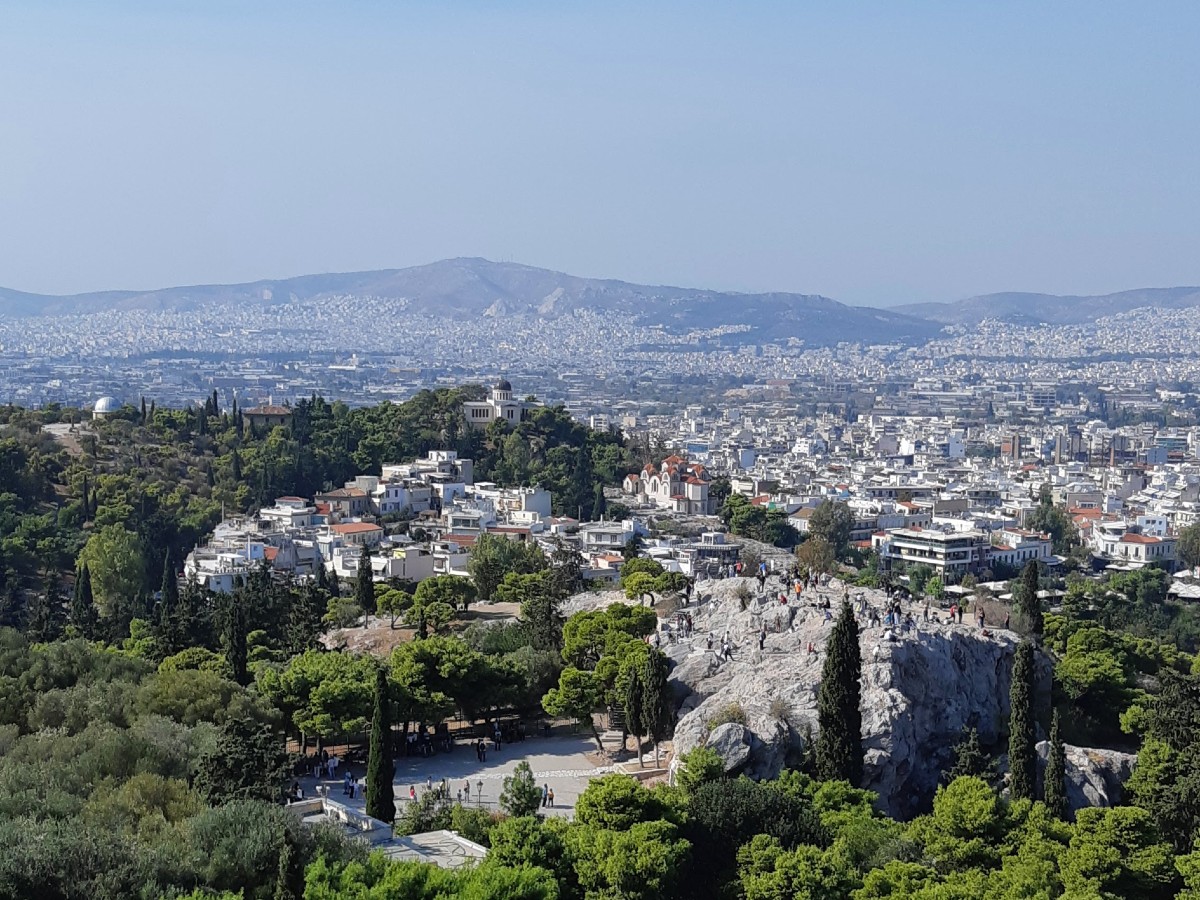
Back on the pedestrianized street, you will find several cafés, snack bars and all-day restaurants where you can have a much-needed break.
Some popular suggestions in the area include Thissio View and Athinaion Politeia. Alternatively, you can stop at one of the restaurants tucked away in the backstreets, such as Merceri, To Kousoulo or To Kafeneio tou Rizou.
Kerameikos ancient cemetery
After your break, continue walking towards Thissio metro. If you are in the mood for another ancient site, turn left towards Kerameikos ancient cemetery.

Kerameikos was very important in ancient times. The area was originally where the potters and artisans lived, and it later became the cemetery of Athens. The small museum hosts several artefacts related to funerary practices.
Even though the site is big, you could probably walk around in about an hour. However, you can easily spend longer. The site is open from 8 am to 8 pm in summer, and closes at 5 pm in winter.
After Kerameikos, it’s time to stroll around the lovely, quaint neighbourhoods called Plaka and Anafiotika.
Plaka and Anafiotika
Walk up Ermou and Adrianou streets, turn right on Vrisakiou or Areos street, and head towards Tripodon. You’ve now reached the famous locale called Plaka.
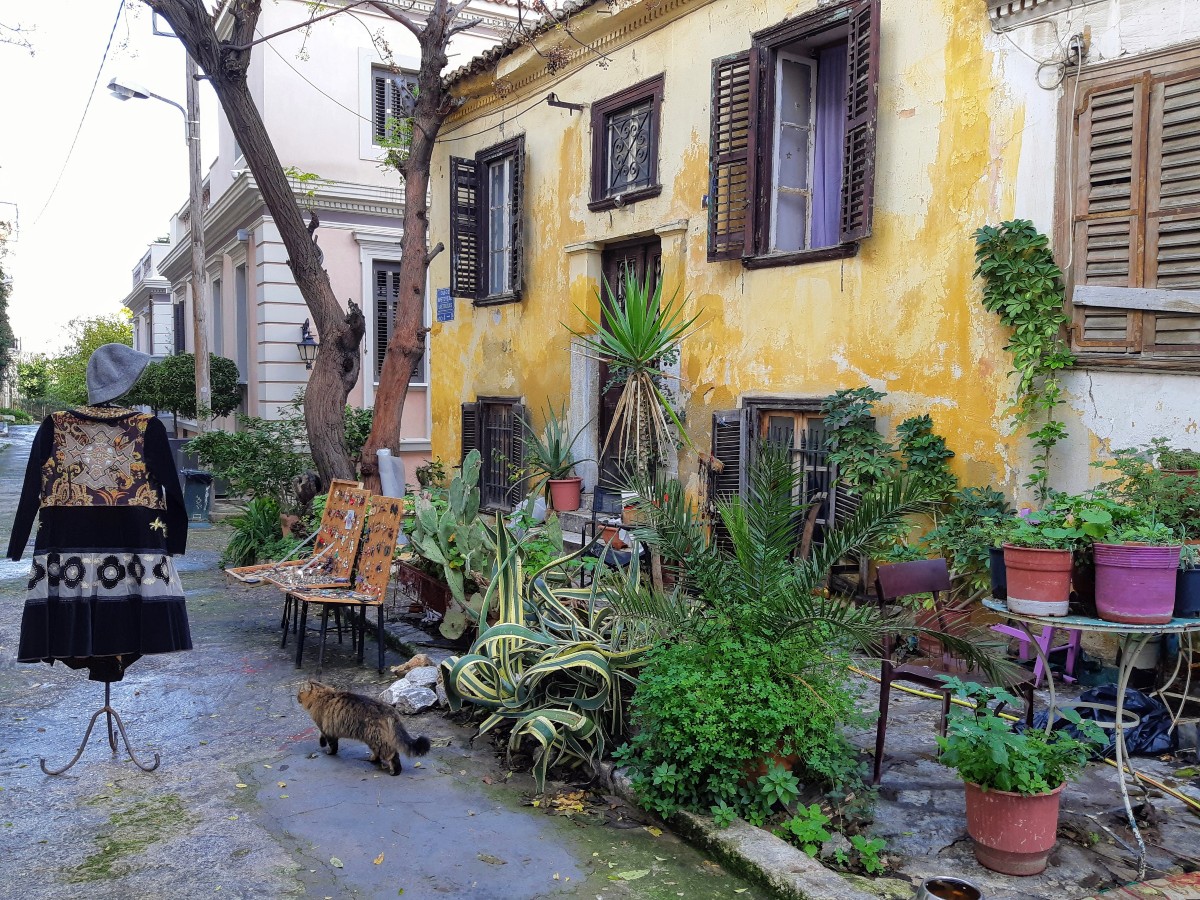
Plaka is a small neighbourhood with lots of all-day cafés, tavernas, restaurants and bars.
It’s also full of charming neoclassical buildings, some nice street art and an assortment of tourist shops where you can buy tasteful and not-so-tasteful Greek souvenirs.
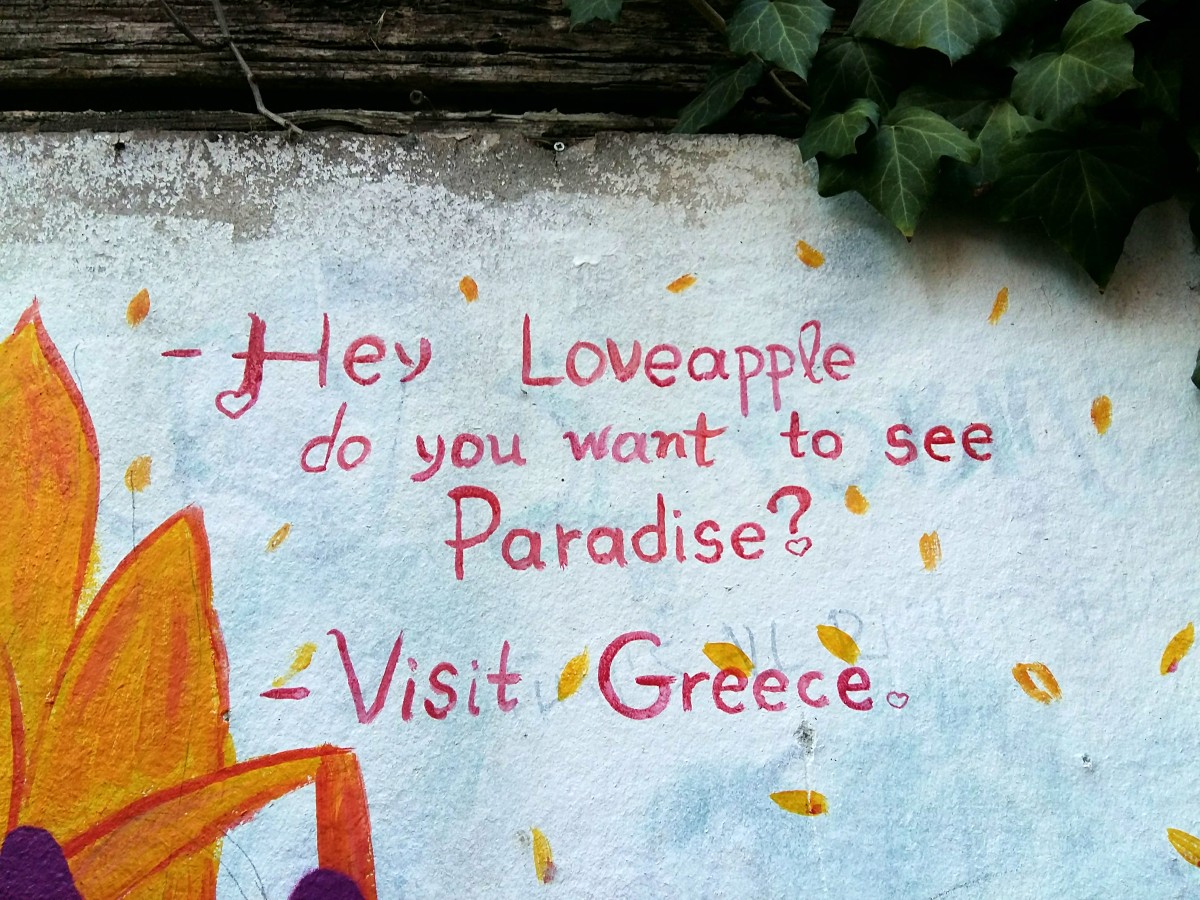
You can easily spend a few hours here, or even perhaps climb up to the quaint Anafiotika area before dark. This is a tiny neighborhood that looks like a Greek island!
Then you can have some nice Greek food in one the many tavernas. I like Scholarchio and Kafeneio, but there are many in the area to choose from.
Day 1 Athens – Overview
Here is an overview of your first day in Athens, which begins at Acropolis metro, and ends in Plaka:
- The Temple of Zeus
- The Acropolis
- The Acropolis Museum
- Filopappou Hill
- Mars Hill
- Thissio
- Kerameikos ancient cemetery
- Plaka
- Anafiotika
While this is easily doable in one day in Athens, some people might find it a little tiring. It’s best to avoid this itinerary if you are jetlagged!
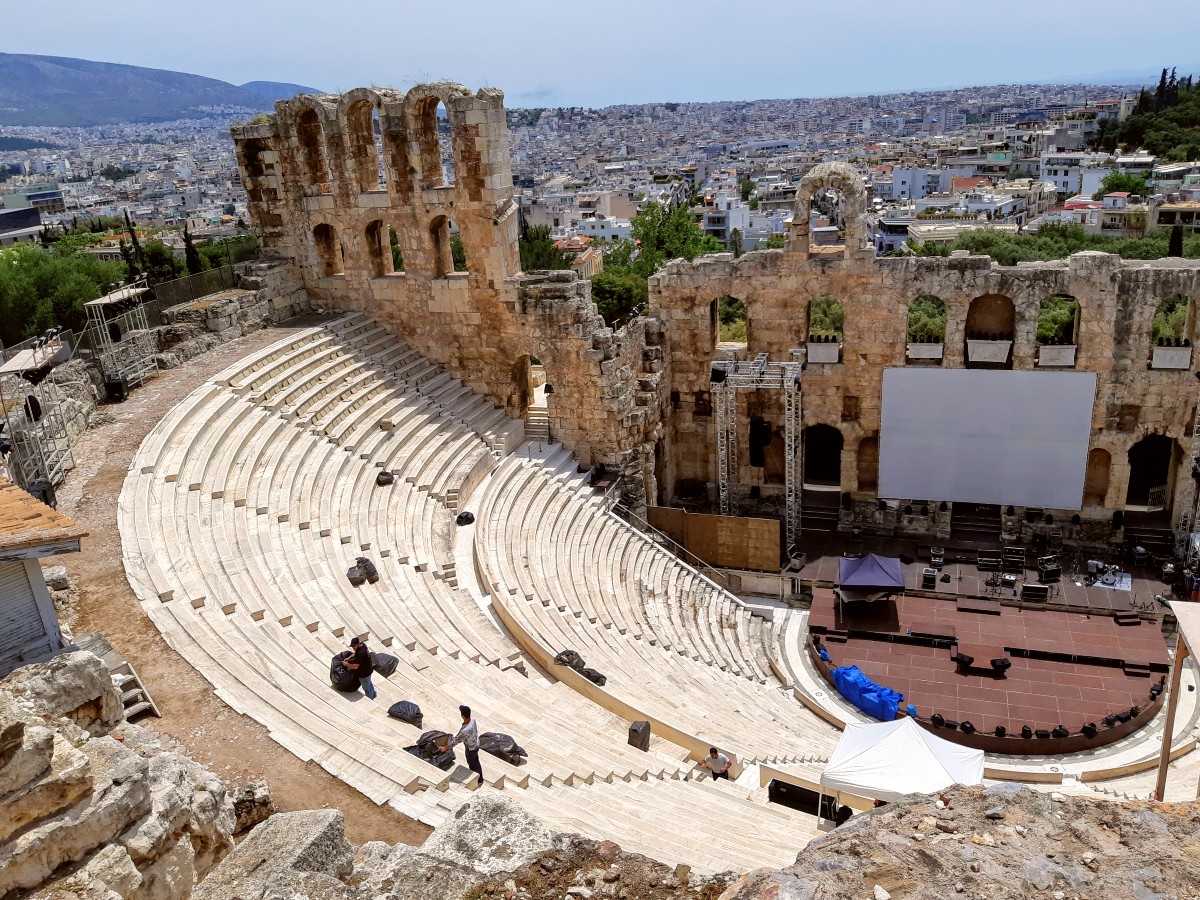
If you are visiting in winter, you will probably run out of time to visit Kerameikos. It’s best to check out all the other must sees in Athens without feeling rushed, and perhaps return to visit Kerameikos on Day 2 or 3.
Day 2 – Experience the local markets in modern Athens
On your second day, you will explore more ancient sites, but also have a taste of the local life! Visit markets, commercial streets and hidden areas where Athenians hang out.
Visit the Ancient Agora of Athens
Start your day with a visit to the Ancient Agora, which is located close to Monastiraki square. The Agora once was the social, financial and commercial heart of the city. In my opinion, it’s one of the most fascinating spots in central Athens.
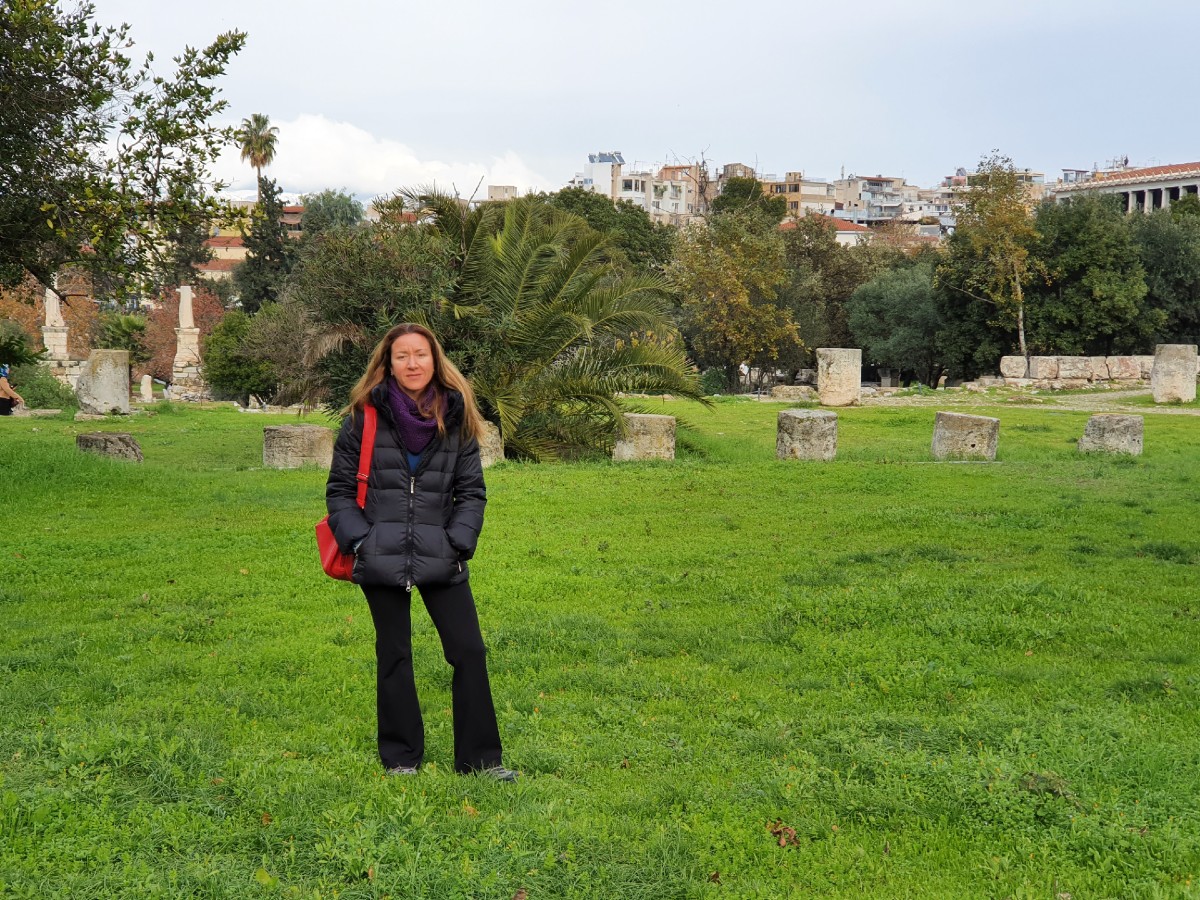
Note: This photo was taken in January. You will not need a coat in the summer – more like shorts and a T-Shirt! Here’s what to pack for Greece.
The Ancient Agora is full of ancient ruins, including the temple of Hephaestus, the best preserved temple in Greece. Go inside the Byzantine church of Holy Apostles, to check the frescoes.
I find the museum in the Ancient Agora fascinating. Take your time to read the informative signs, and you can learn a lot about the Ancient Greeks.
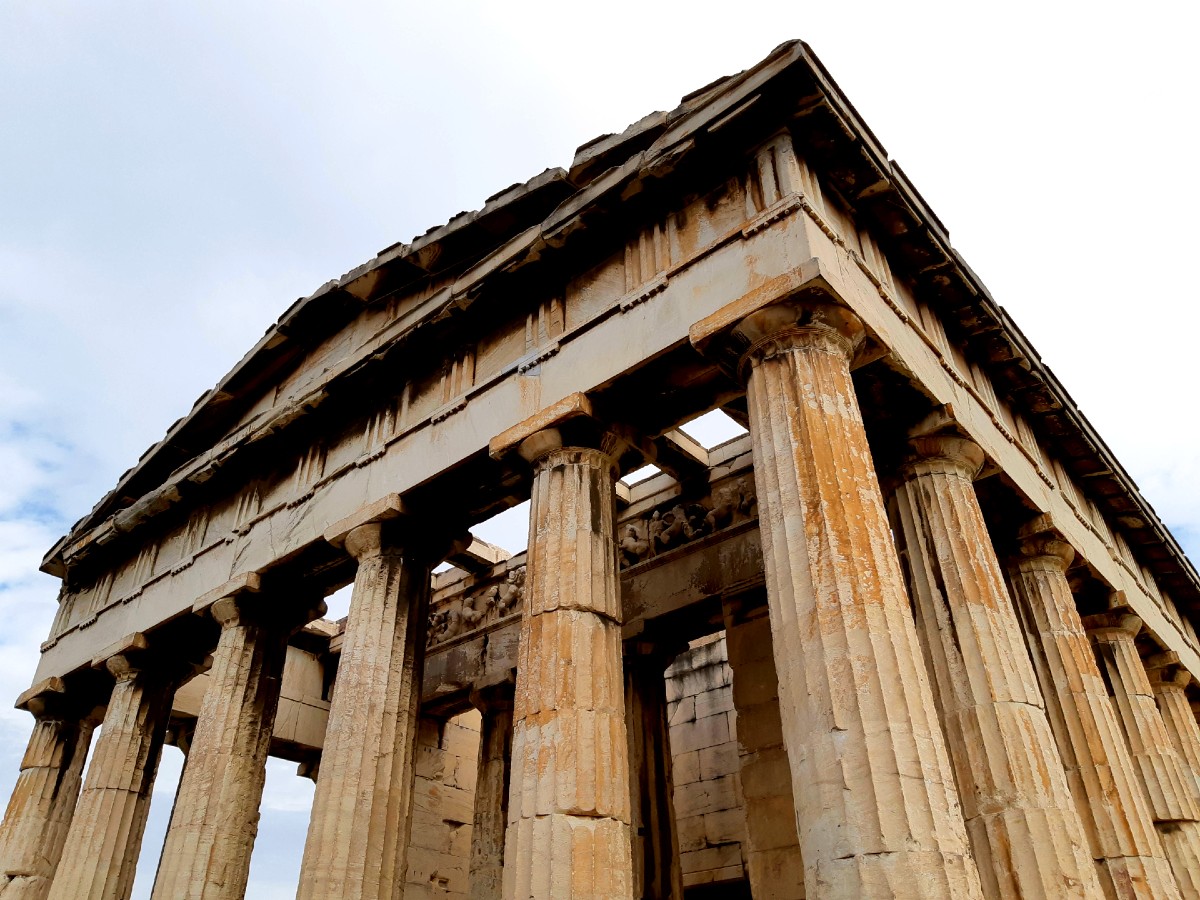
Allow a couple of hours for the Agora and the museum, as there is a fair amount of walking. Make sure you take in the beautiful views of our city!
Here is my complete visitor’s guide to the Ancient Agora.
Athens markets in Monastiraki
Once you are out of the Agora, check out the flea market in Monastiraki. This is located on Ifestou street and the surrounding alleyways.
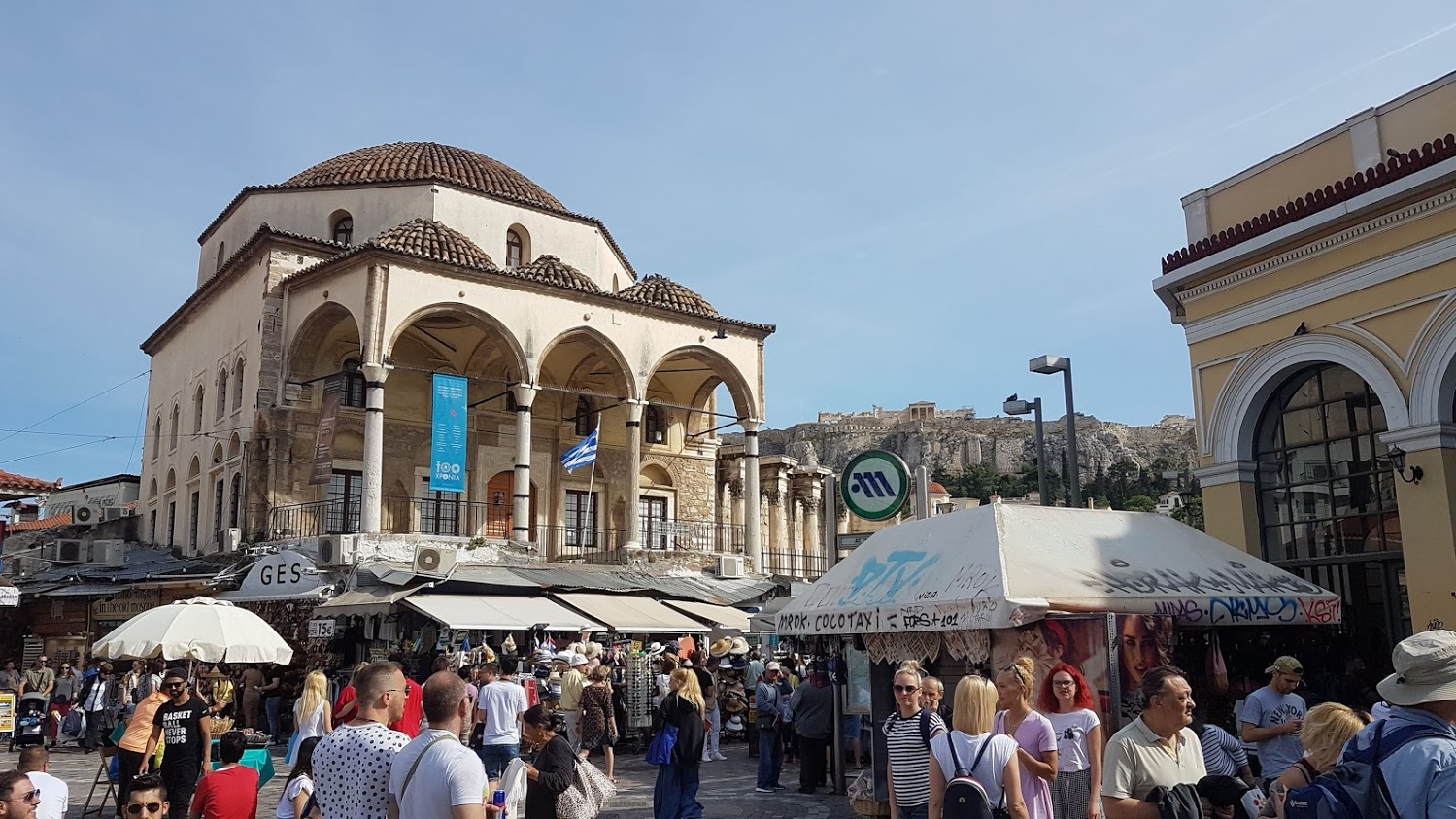
Although there’s a touristy side to it, you will also see second-hand bookstores, antique shops etc. If you are in Athens on a Sunday, check out the bigger antiques market, which begins very early in the day.
For a quick break, you can go up the 360 Rooftop Café. They offer drinks and snacks with an unbeatable view of (guess what?) the Acropolis!
Athens central food market
And now, it’s time to experience the everyday life in Athens, and visit the Varvakios central food market.
There are different sections for meat, fish, fruit and veg and several other products. You can visit just to have a look, but also to buy any Greek products to bring back home.
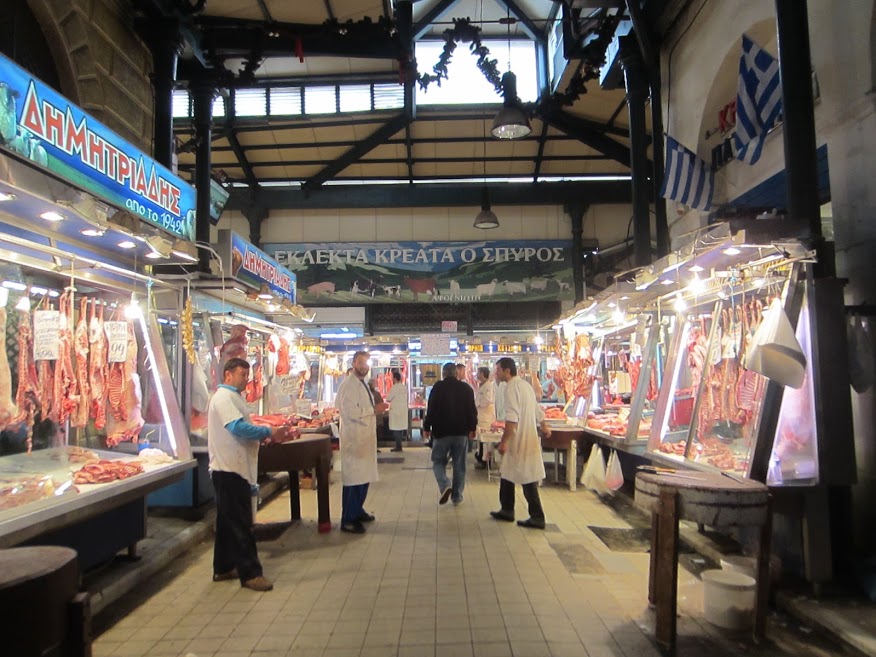
Note that the stalls start closing at around 15.00, and the Central market is closed on Sundays. Here’s everything you need to know about the Varvakios central food market.
Or you can always take an Athens food tour, where you will learn more about all the delicious Greek dishes and Greek cuisine!
Stroll around the quaint Psiri neighborhood
Once you’ve visited the market, it’s time for lunch. While the notorious Diporto underground taverna is an interesting place to visit, it might not be everyone’s cup of tea. You can try Klimataria, on Theatrou square, which has kept its authentic character and offers dishes to match.
One of my favourite restaurants in Athens is Mavros Gatos on Navarchou Apostoli street, in Psiri area. They generally open around 13.00-13.30, so you will be just on time for small Greek dishes!
If you were thinking fish, Atlantikos on Avliton street is another great spot.

Apart from great lunch spots, Psiri area has some cool street art. Wander around and see how many beautiful works you can discover!
Shopping on Ermou street
After lunch, walk up the busy, pedestrianized Ermou street, heading towards Syntagma Square.
In Ancient Greece mythology, Ermis / Hermes was the God of commerce (and not only). Τhis street, named after him, is one of the most commercial streets in Athens. You can find international chain shops, but also local stores selling mostly clothes, shoes and homeware.
Right in the middle of Ermou, you will see Kapnikarea Byzantine church, dating from the 11th century. In the 19th century, when Ermou street was being designed, the small Christian church was nearly demolished.
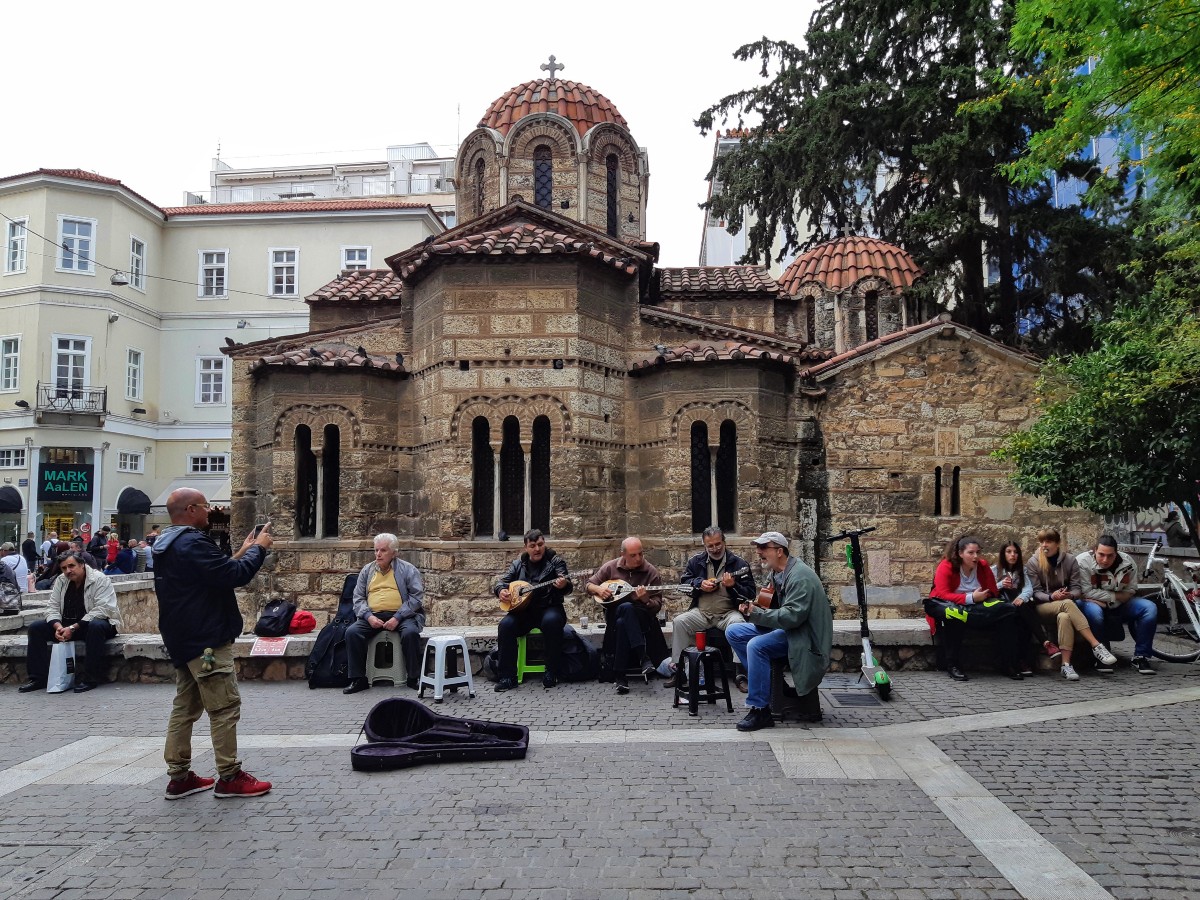
Fortunately, its historical significance was taken into account, and it was preserved and restored instead. If it’s open, go inside and check the frescoes, designed by the prominent Greek artist Fotis Kontoglou.
The side streets and alleys around Ermou street are also great for bargain shopping. Head here if you are interested in fabrics, beads, jewellery or crafts materials. You will also discover dozens of cool all-day cafés, vegan eateries, more street art and many street vendors and buskers.
Here’s a complete guide on the best shopping areas in Athens.
Syntagma square and the Changing of the Guards
Head up Ermou, and you will arrive at Syntagma (Constitution) square, right in the centre of Athens.
The magnificent building that you will see on the opposite side of the square is the Greek Parliament. After the modern Greek state was first established, it was the Palace of King Otto.
In 1843, Athenians had a big demonstration here, asking for a constitution.
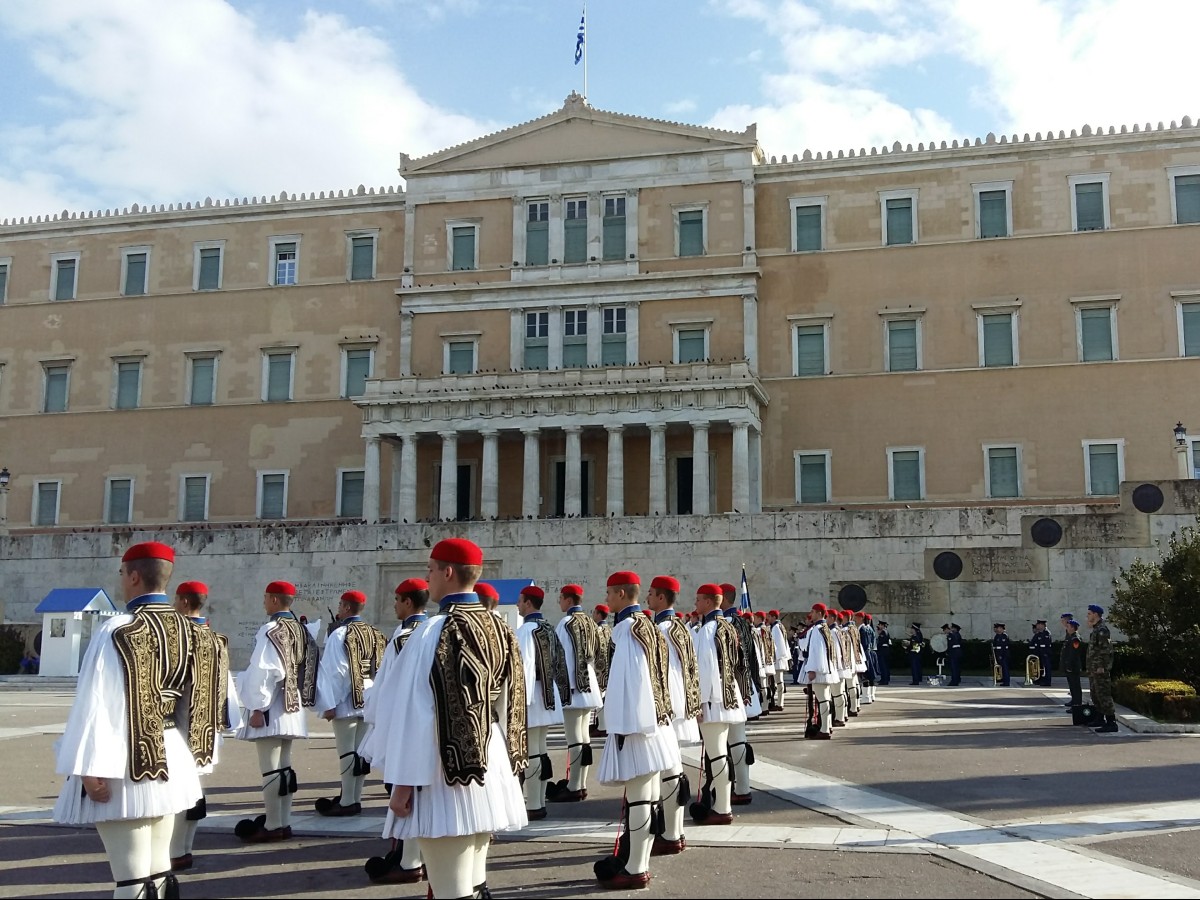
Right outside the Parliament building, you can see the Tomb of the Unknown Soldier and the Changing of the Guards. This happens every hour, on the hour, day and night, rain or snow!
And, if you are in Athens on a Sunday, you can see the larger parade at 11:00. For more information, read my article about the Greek Guards – The Evzones.
You can also visit the adjacent National Gardens, a lovely green space, and take a break from all the walking. Here is some more information: National Gardens in Athens.
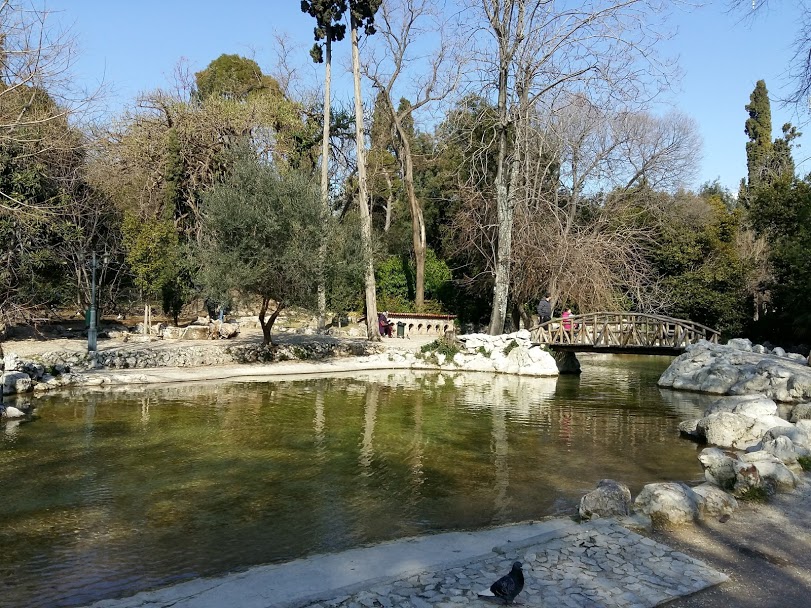
If your three days in Athens include a Sunday, you could consider checking out the Ceremonial Changing of the Guards. This happens at 11 am every Sunday – just be there earlier to secure a viewing spot.
Explore Lycabettus Hill and Kolonaki area
Unless you’ve spent a very long time shopping, there will be plenty of time to go up Lycabettus Hill. It’s possible to hike up, however you might prefer to take a taxi, or perhaps the cable car. The sunset views from up the hill are pretty cool!
Here’s more information about Mount Lycabettus, including how to get there.
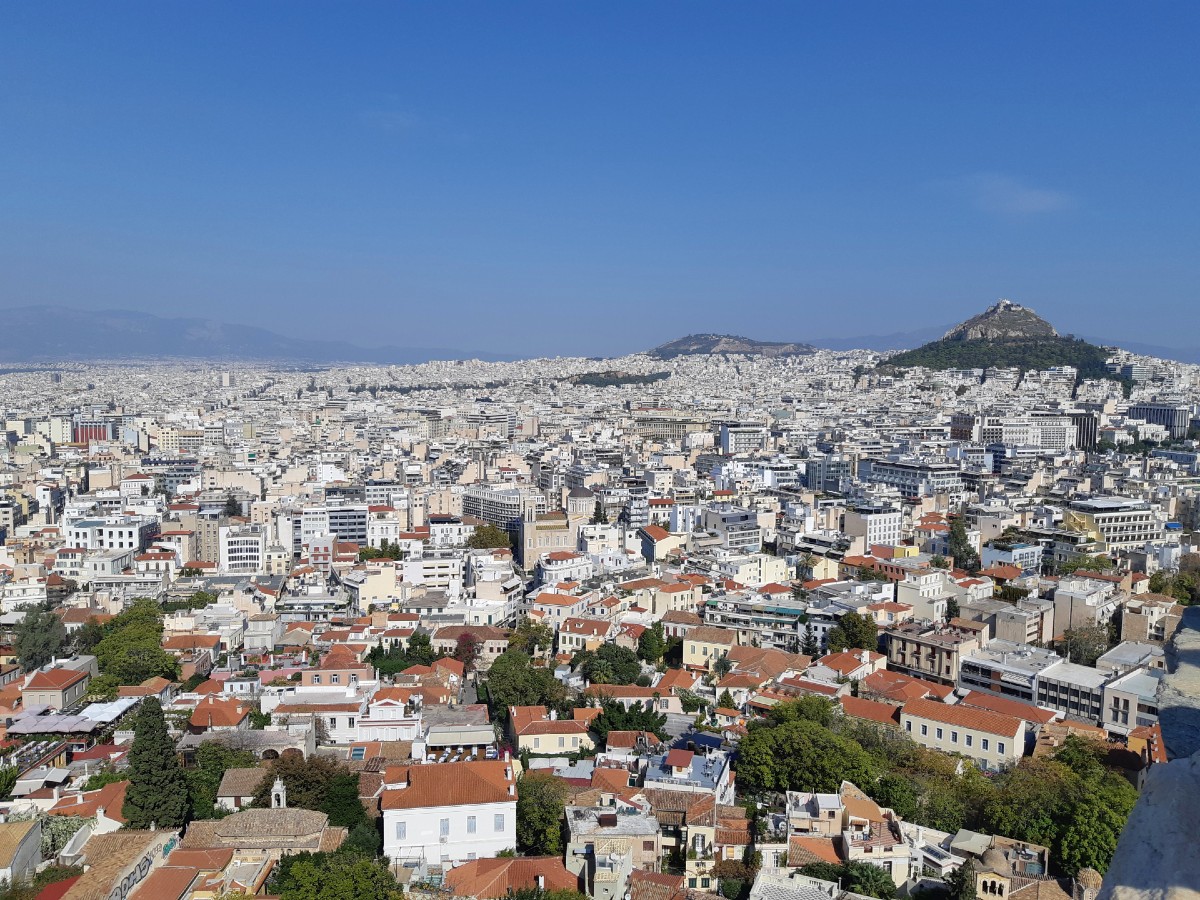
Afterwards, head down to Kolonaki, one of the most upmarket areas in downtown Athens. You can go to one of the numerous restaurants and bars to have a meal or a drink, and watch the people go by.
One of the most popular streets is the pedestrianized Tsakalof street, which is full of all-day cafés / bars. As an example, Da Capo has been an iconic cafe in Athens for several decades.
Day 2 Athens – Overview
Just to summarize, this is a perfect itinerary for your second day in Athens:
- Ancient Agora
- Monastiraki flea market
- Varvakios food market
- Psiri area
- Ermou street
- Syntagma Square
- The Parliament
- Changing of the Guards
- National Garden
- Lycabettus
- Kolonaki
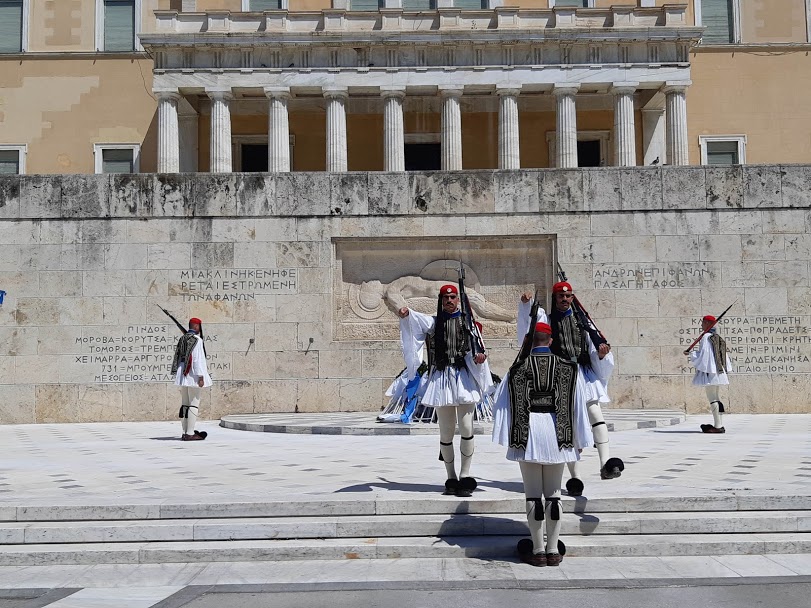
While this might sound like a lot to do in one day, the actual distances aren’t too long. Just make sure you wear comfortable shoes to help you walk on the cobbled streets and enjoy walking around Athens!
Day 3 – More activities in Athens
If you have booked to stay 3 nights in Athens, you still have a whole day to explore. On day three in Athens, you can decide if you are interested in any of the other museums and attractions in the city centre.
Alternatively, you can take a half day tour to Cape Sounion, and see the Athens Riviera and the temple of Poseidon.
The National Archaeological Museum
People who have a specific interest in ancient history, Greek culture and ancient Greek art should definitely include the National Archaeological Museum in a 3 day Athens itinerary.
This is the largest museum in Greece, and it will give you a pretty good idea of Greece’s long and complex history. In fact, if you only want to visit one museum in Athens, I suggest that you visit this one.
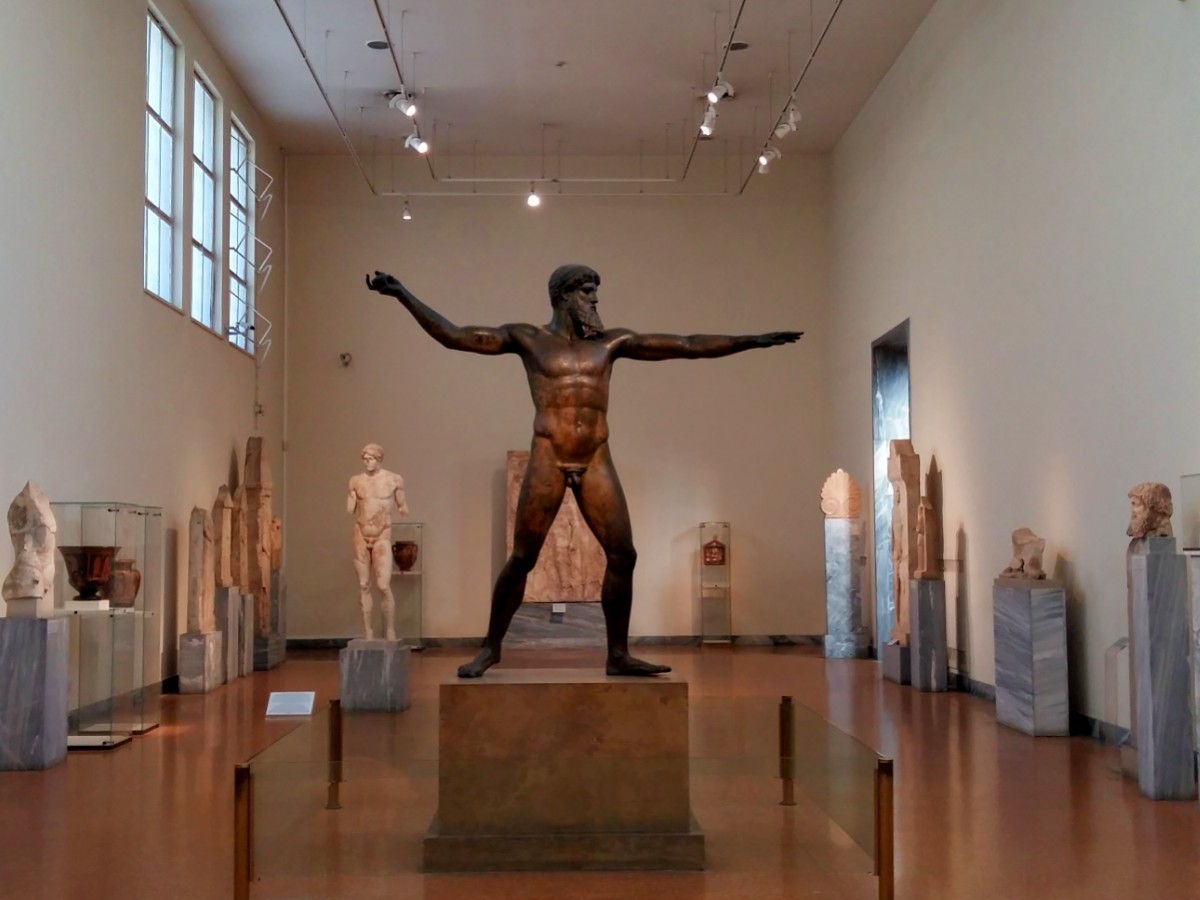
It takes about four hours to see all the collections properly! I know this sounds like a very long time, but you will need it if you actually want to read about the exhibits. There is also a quiet café downstairs where you can take a break if you want.
The museum has varying opening hours – check their website for more information.
The National Archaeological museum is right next to an infamous area of Athens called Exarchia.
Stroll around the infamous Exarchia area
Ask ten people what they think about Exarchia in Athens, and you will get ten different answers. Cool, lively, authentic, gritty, shabby, dirty, dark, these are all words I’ve heard people use to describe Exarchia.

Indeed, some people might find this area slightly intimidating, mostly due to the amount of graffiti.
Yet, this is a vibrant area of the city, and is particularly popular with the younger crowd. It’s a perfect neighbourhood to observe everyday life in Athens.
Apart from the many neoclassical buildings and cool street art, you will find plenty of cafés and all-day hangouts. For one of the best meals in central Athens, head to Oxo Nou on Emmanouil Benaki. They have a huge menu, large portions, amazing dishes and lots of Cretan raki on the house.
Athens Trilogy – Beautiful neoclassical buildings
After leaving Exarchia, stroll by Panepistimio metro, to see the so-called Trilogy of Athens.
These are three of the most beautiful neoclassical buildings in Athens. From left to right, they are the National Library of Greece, the University and the Academy of Athens.
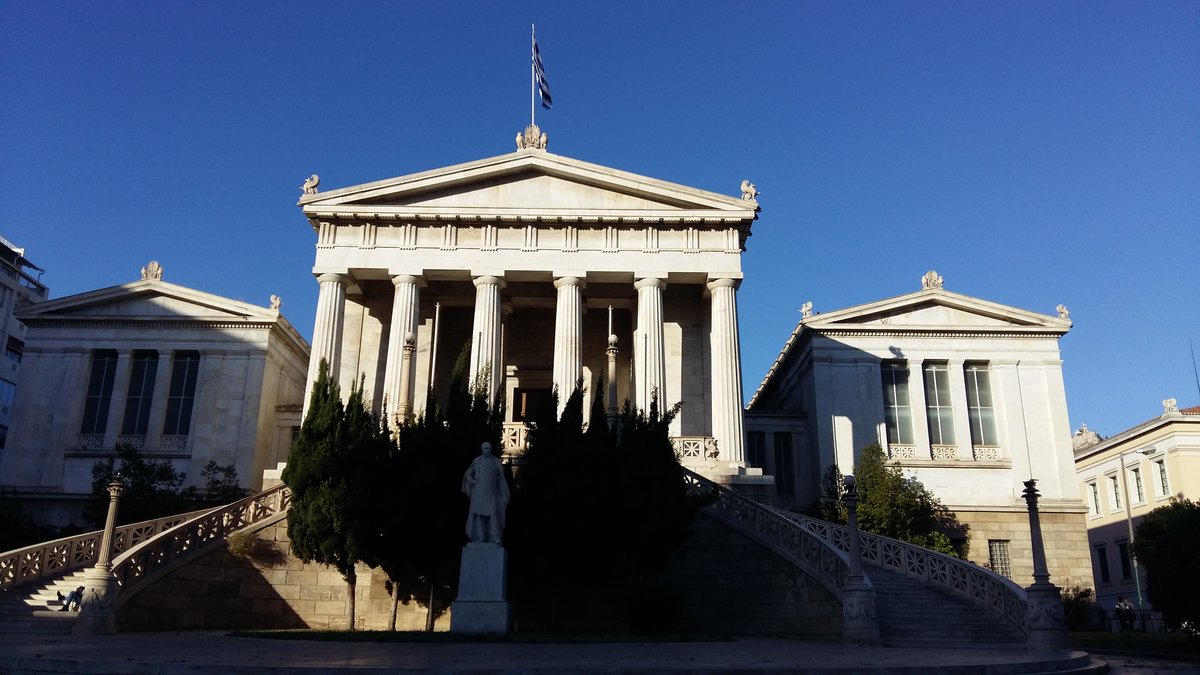
These magnificent buildings were constructed in the 19th century, after the designs of the Danish architects Hans Christian Hansen and Theophil Hansen. Sadly, at the moment they are not open to visitors – hopefully one day!
Explore the art galleries and free museums
If history is not your thing, don’t worry. Athens has many more attractions apart from the famous sites and museums. Anyone who loves art will be happy to know that there are several art museums in Athens.
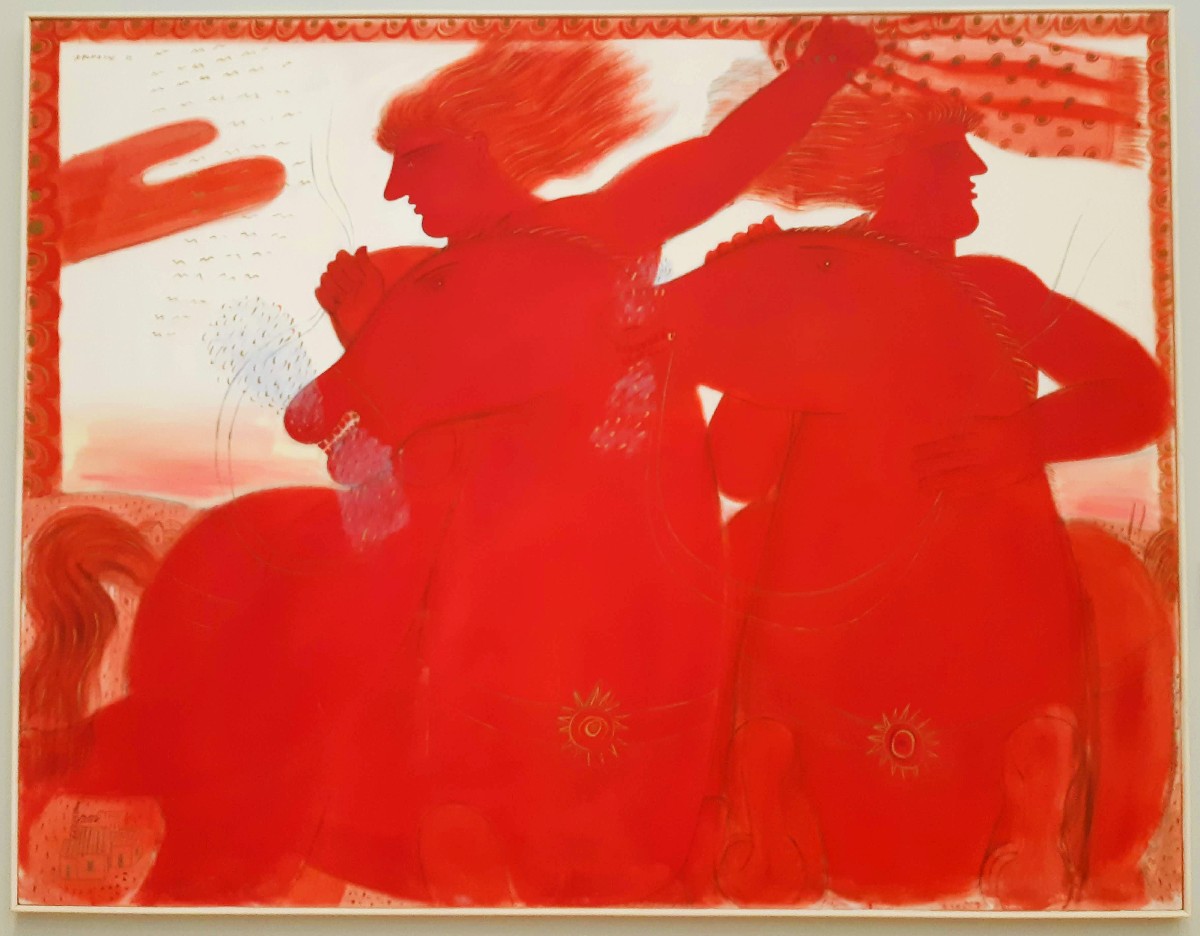
Here is a list of twenty of the best museums in Athens for history, culture, modern and contemporary art. It includes the Benaki Museum, the Museum of Cycladic Art, the National Gallery, and many more.
And if you are looking for free activities, check out my article on free museums and galleries in Athens. You may be surprised – and this is why 3 days in Athens are nowhere near enough!
See the Panathenaic Stadium
Another fascinating attraction is the Panathenaic Stadium. This massive stadium was originally built in 329 BC to host athletic events, starting with the Great Panathinaia.
The stadium continued to be in use during Roman times, but fell into disuse when Christianity prevailed. Many of the materials used for its construction were removed to be used elsewhere.
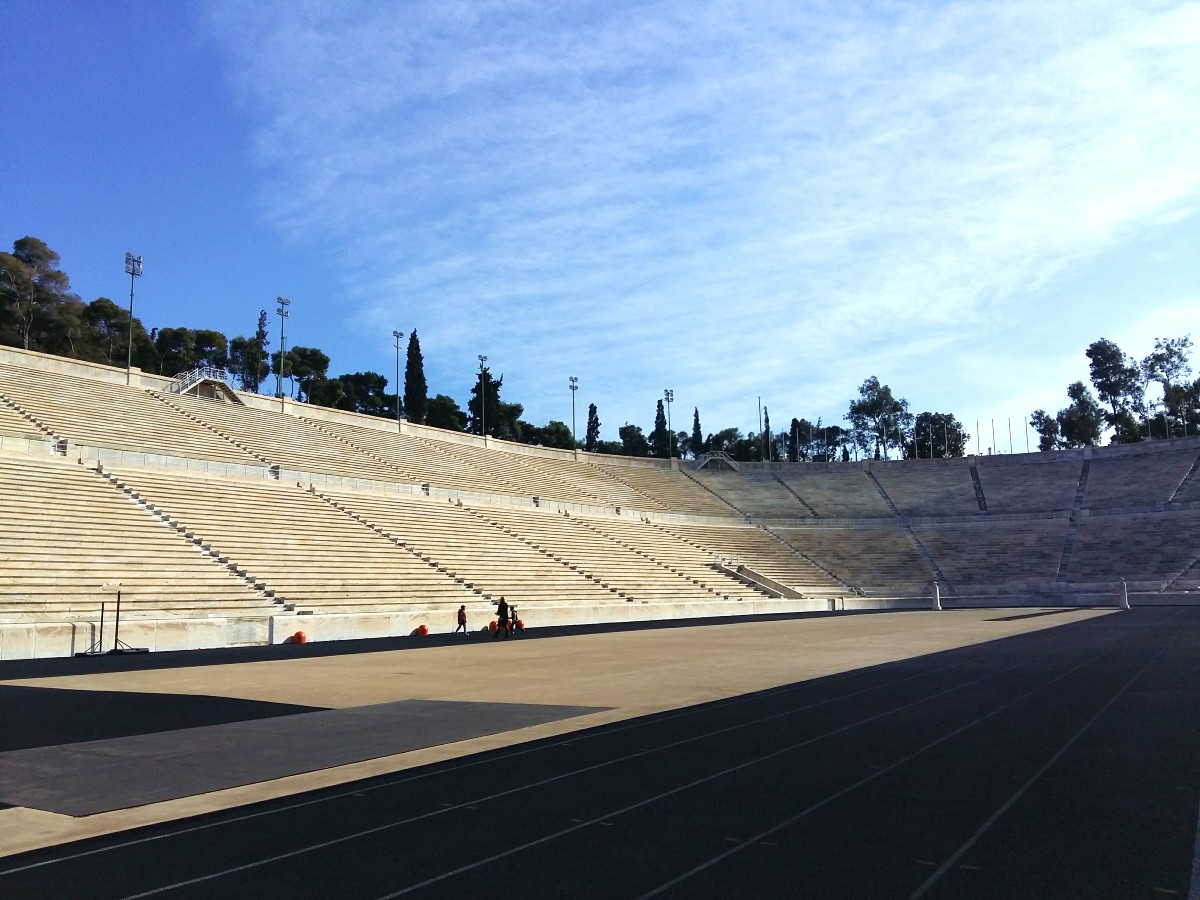
Towards the end of the 19th century, certain people decided to revive the Olympic Games. For this purpose, the Panathenaic Stadium was reconstructed, and was home to the first modern Olympic Games in 1896.
Nowadays the stadium hosts several events from time to time, but is also open to visitors. Allow at least an hour and a half to visit the impressive stadium and the small museum.
Visit the temple of Poseidon at Sounion
If you want to see what the coastal suburbs of Athens look like, you can take a half-day Athens trip to the Temple of Poseidon at Sounion. The temple is a popular sunset spot, as it’s right at the edge of Attica peninsula.
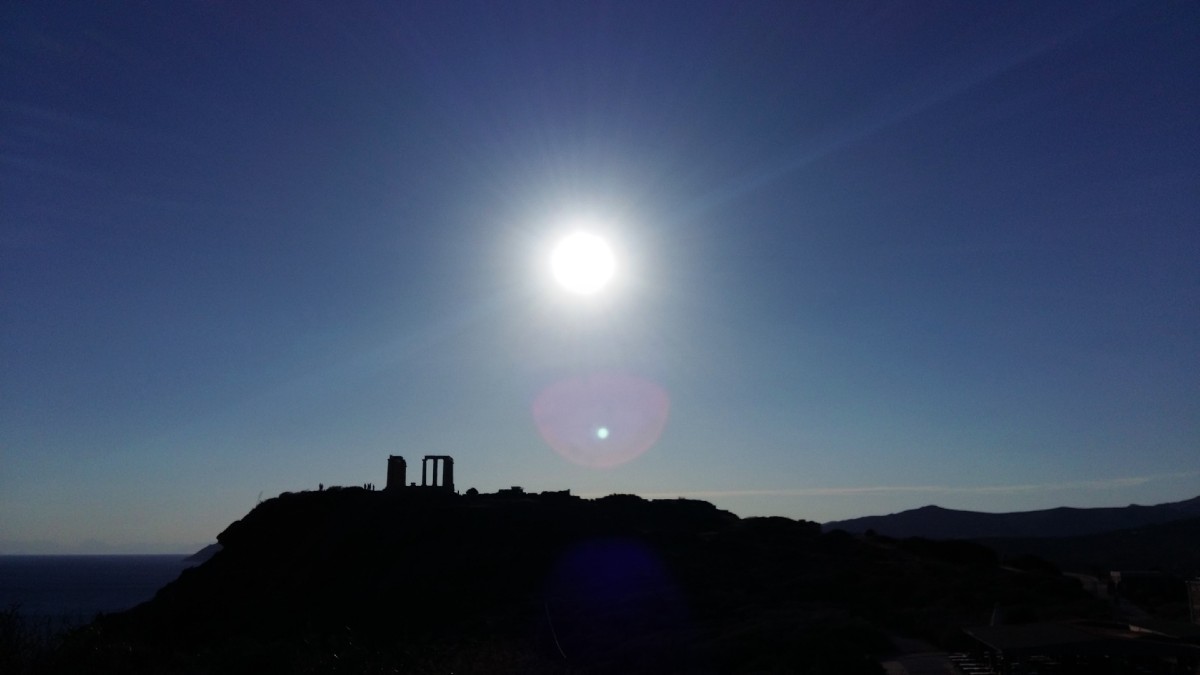
People who are happy to hire a rental car can easily combine a visit to the temple with a few hours on the beach. Most areas on the so-called Athens Riviera are suitable for swimming.
This is a good option for people planning a weekend in Athens Greece, as this half-day trip can give you an idea of the coastline.
Depending on traffic, this activity should take you about 4.5-5 hours if you are leaving from central Athens. Note that on summer weekends there will generally be a lot of traffic, so plan your visit on a weekday if you can.
Take a walking tour
If you don’t feel like visiting any other tourist attractions, you could consider taking an Athens private walking tour with a local.

While you can see a lot of our city on your own, a local can always explain all its little secrets. Plus, you will have the opportunity to experience the everyday life in Athens and Greece!
Day 3 Athens – Overview
I have deliberately left day 3 with no suggested itinerary. You may choose to do any of these activities, or totally ignore them and do your own thing! After all, this is your own holiday, and you should do what you feel like doing.
How many days to spend in Athens
If you are visiting Greece for the first time, my suggestion is to spend at least 3 days in Athens. This way you can explore our famous ancient monuments, visit a couple of museums, and enjoy local life without feeling too rushed.
In fact, I think that three days in Athens is the absolute minimum that you need in order to scratch the surface. You can easily spend a week in Athens and never get tired of it!

FAQs about Athens
Here are a few questions that people who visit Athens often ask:
Is 3 days enough for Athens?
3 days is enough to see the main attractions of Athens. You’ll also get a general idea of what local life is like.
What are some of the best places to visit in Athens?
Athens is famous for its ancient history. Some of the top attractions include the Acropolis, the Ancient Agora, and the temple of Olympian Zeus. Other places to visit include the various neighborhoods, like Plaka, Anafiotika and Psiri, and the colourful markets around Monastiraki.
Is Athens safe?
Overall, Athens is a very safe city, though some areas might feel unsafe at first. With that said, always be mindful of your valuables, especially if you are in crowded places and the Athens metro.
What can you do in Greece in 3 days?
It depends on what you want out of your holiday. Often, a 3 days in Greece itinerary includes a day or two in Athens, plus a day trip to one of the Greek islands.
Which Greek islands should I visit?
Greece has over 100 inhabited islands, so choosing between them can be a tough choice. Santorini and Mykonos are two of the most popular and crowded islands, but there are dozens more to choose from.
Here is a 7-day itinerary for Athens, Mykonos and Santorini.
How can I get from Athens to the Greek islands?
Some Greek islands, like Santorini, Mykonos or Milos, have airports. If you decide to fly there from the Athens airport, it’s best to book your flight as early as possible, as last-minute prices tend to be very high.
I personally prefer to travel to the islands on ferries. I use a search engine called Ferryscanner to check ferry itineraries and book my ferry tickets. These days you usually get your tickets in your email, so you don’t need to queue at the port to collect them.
Athens Itinerary 3 Days
I hope that the above itineraries and tips have helped you decide what to see during your trip to Athens in 3 days. If there’s anything else that you’d like to know about Athens, leave a comment right below!
Here are a few more articles in my Athens travel blog you might enjoy:
- How to get around Athens
- The best time to visit Athens and Greece
- Islands near Athens
- Day trips from Athens
- How to get from Athens to Thessaloniki by train
- How to book a train ticket in Greece
- Driving in Greece
- 2 days in Athens itinerary – if you are pushed for time!

Hi! I am Vanessa! I’ve been calling Athens home for over 40 years, and I’m not tired of it yet. While it’s far from a perfect city, I find it absolutely fascinating, as it has so many different faces. You could easily stay in Athens for a week and not get bored! For more local advice on how to plan a trip to Athens, feel free to contact me. Also, follow my FB page, where I post information and news about Athens and Greece.

Hello Vanessa! Thank you for the thorough explanation of what one can do in 3 days in Athens. I plan to go with my girlfriend in June, so this article will be my go-to one, but I will also check out your other posts, as I find them extremely useful for any tourist coming to Athens. Greetings from Poland!
Thank you so much!! Please feel free to ask any questions!
Hi! Thank you for this! We are going for about 2.5 days LOL, arriving in the afternoon on a Sunday and leaving mid afternoon on a Wednesday. Our 16-year-old daughter has been waiting to get to Athens FOREVER. She wants to see the old sites for sure so this has been a big help. Any other suggestions you have for visiting in November or with teenagers? I know its a quick trip and we want to see the big stuff most of all. Thanks again for all this info. 🙂 Greatly appreciated.
Thank you! Have a look at Psiri area, she will love it, and make sure you pass by the Little Kook cafe which has become very famous – I don’t like their desserts personally, but the place is worth having a look at. I love the Museum of Illusions too, which is something different, and you can definitely go to the Kotsanas Museum of Ancient Greek Technology!
Hi Vanessa, which is the best airline to use to get to Corfu from Athens please . Thanks from Western Australia
Hi! I would personally choose whichever fits my schedule (and luggage) best! I’ve used both Aegean / Olympic Airlines (they are the same company) and Sky Express and they are both fine, Sky tends to allow for more luggage – just be very careful with your fare as not all of them allow the same amount of luggage. Here are a few things to do in Corfu! Enjoy your time!